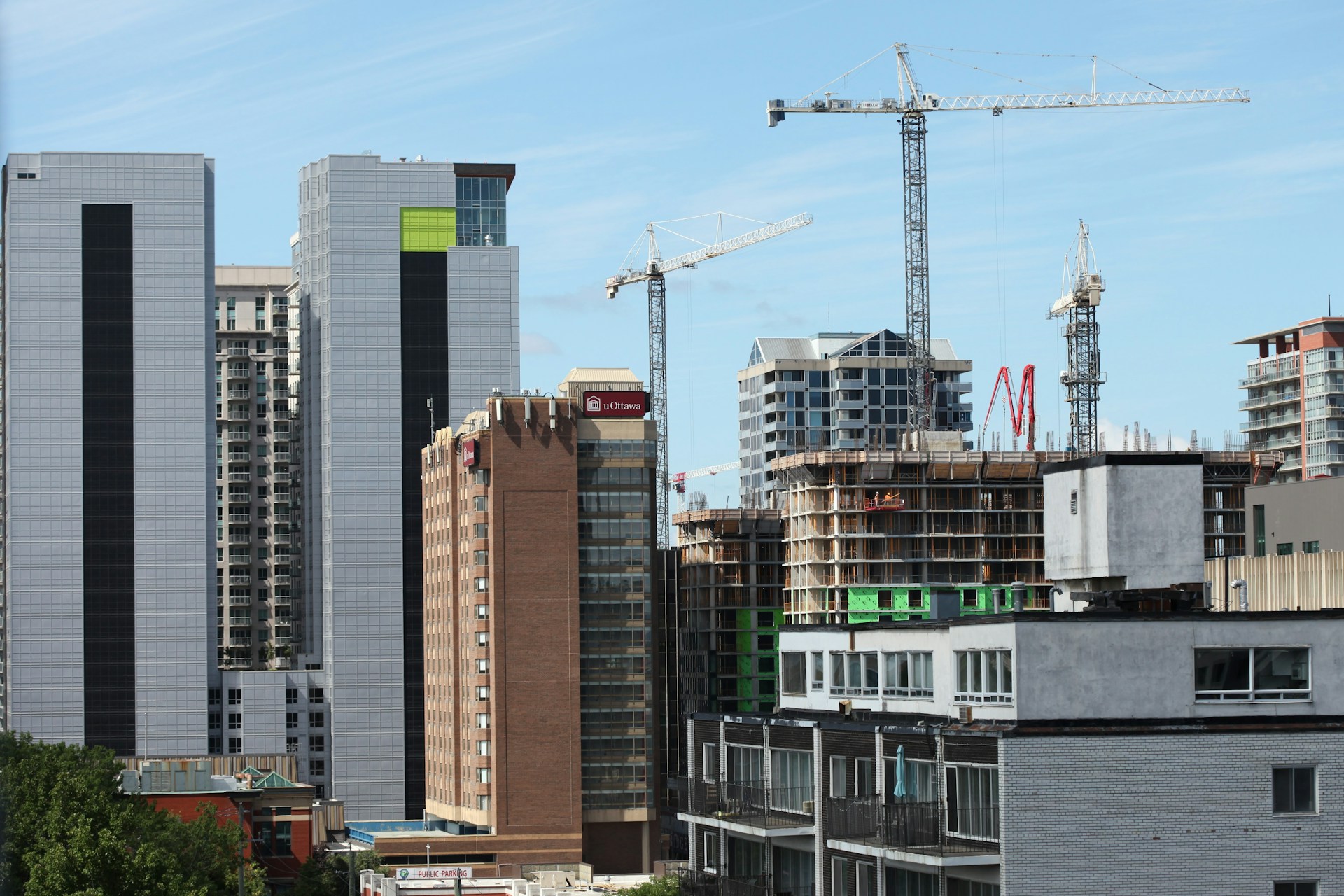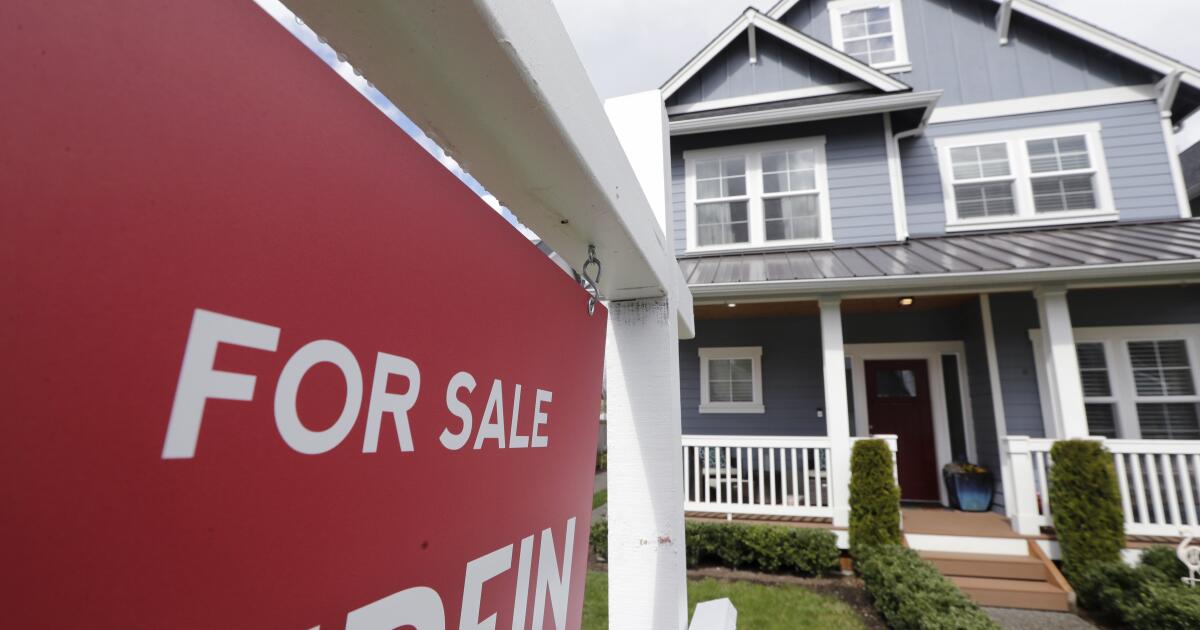On April 1, 2022, the mortgage industry was on the wrong end of what felt like a very cruel April Fool’s joke. It was the day Fannie Mae and Freddie Mac instituted updated loan level pricing adjustments (LLPAs) that made second home and investor properties much more expensive.
Nearly three years to the day later, United Wholesale Mortgage (UWM) CEO Mat Ishbia told mortgage brokers on his weekly sales call that he was effectively lowering those agency pricing adjustments and eating the cost.
“It’s been three years, April Fool’s [was] yesterday and they did not change it,” Ishbia said. “I’m changing them at UWM for everyone. So investment properties, second homes, we’re going to do every one of these loans. I’m not letting any banks or credit unions beat you out on these loans anymore. We’re going to eat the difference on these. I’m going to work on where I can sell these loans and do some different things on them.”
He added that the LLPAs from Fannie and Freddie on investor and second-home loans above a 75% LTV were particularly difficult for brokers to get because depository banks and credit unions hold them on portfolio.
 UWM’s pricing adjustments on agency second home and investment properties, effective April 2, 2025.
UWM’s pricing adjustments on agency second home and investment properties, effective April 2, 2025.He said the new pricing was effective immediately and hoped to do it long-term but was at minimum going to keep the program going “for the foreseeable future.”
The Federal Housing Finance Agency (FHFA), Fannie and Freddie’s regulator, made significant changes to the LLPAs as part of the Biden administration’s broader effort to provide housing financing opportunities to first-time homebuyers with lower credit scores and those in underserved communities.
To achieve balance and lower risk-based pricing for certain property types, the GSEs increased the hit on investor and second-home properties (as well as borrowers with good-but-not-great credit scores).
Despite industry protest, the FHFA has held the line on LLPAs and there have been hopes the Trump administration would return to a truer risk-weighting policy.



















 English (US) ·
English (US) ·